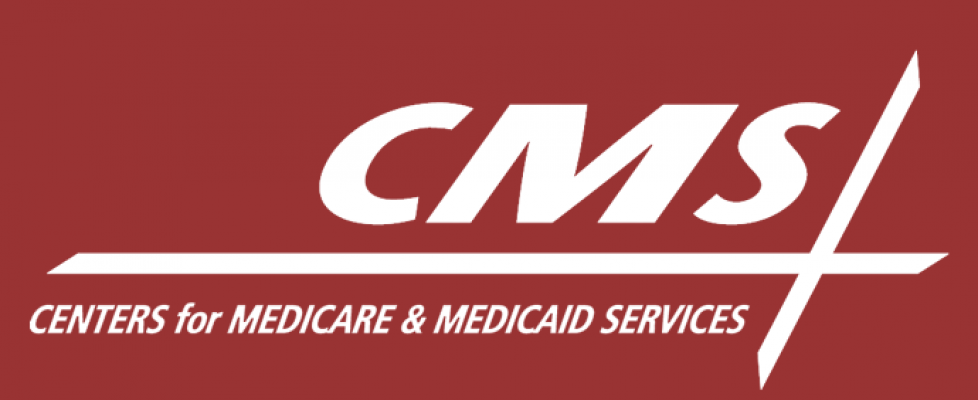CMS Final Rule Gives Nursing Homes 2.7% Pay Bump, PDPM-Related Cuts to Be Phased In
The federal government will give skilled nursing facilities a 2.7% pay bump in their payments for 2023, according to the final rule published on Friday.
This reflects a $1.7 billion increase resulting from a 5.1% bump to the payment rates for SNFs. That includes a 3.9% SNF market basket increase, a 1.5 percentage point market basket forecast error adjustment and less than a 0.3 percentage point productivity adjustment.
The Centers for Medicare & Medicaid Services (CMS) also indicated that it would provide a two-year phase-in of an adjustment to SNF payment rates related to the Patient-Driven Payment Model (PDPM).
That will result in a 2.3% cut, or an approximate $780 million reduction, to FY 2023 payment rates, and a 2.3% reduction in FY 2024, according to CMS.
CMS said it took “a more cautious approach” when calculating the payments, acknowledging the ongoing Covid-19 Public Health Emergency (PHE) and the need to mitigate potential negative impacts on the industry, including facility closures or disproportionate impacts on rural and smaller facilities.
A mixed bag
The reimbursement hike, coupled with the phased-in parity adjustment, brought forth a mixed bag of reactions from industry leaders.
Brian Ellsworth, vice president, public policy and payment transformation at Health Dimensions Group, told Skilled Nursing News that while CMS’s adjustment to the market basket, taking into account rising costs and inflation, was “welcome” it does not amount to an increase that matches the serious challenges operators are facing.
“All of this is feeding into an environment where facilities already have pretty significant occupancy pressures and a workforce crisis and other cost pressures,” Ellsworth told SNN. “It’s concerning that we’re basically only seeing a pretty small net increase from Medicare relative to how costs are actually increasing out there.”
American Health Care Association President and CEO Mark Parkinson applauded CMS’s action, calling the moves “essential” for long-term and post-acute care providers.
“We greatly appreciate an overall increase to the Medicare program this coming fiscal year to help stabilize the profession and ensure our vulnerable residents have access to necessary, quality care,” Parkinson said in a statement.
“Meanwhile, we hope to address the historic labor crisis in nursing homes by working collaboratively with the Administration and other stakeholders. It is imperative that policymakers develop a comprehensive and supportive solution to help us recruit and retain more long term caregivers,” he added.
LeadingAge President and CEO Katie Smith Sloan, on the other hand, pushed back on the federal government’s decision to include the parity adjustment at all given the challenging financial and operational environments the industry currently faces.
“We warned CMS that this is not the time to cut payments,” she said in a statement. “It’s deeply disappointing that CMS chose to include the parity adjustment in today’s final rule. Spreading the impact of the adjustment over two years is helpful, but the end result adds to the chronic financial neglect of our nations’ nursing homes — in a time of real crisis.”
Final rule adjustments, coupled with inflation-induced increases to operating costs, staff shortages and recruitment and retention issues will increasingly threaten access to nursing homes, she added, along with insufficient support from policymakers.
The government agency back in April 2021 determined that PDPM increased payments to nursing homes by about 5% in fiscal 2020, for a total gain of $1.7 billion.
At that point, CMS alluded to necessary parity adjustments in its FY 2022 proposed rule, but those plans were shelved for one year to give nursing homes a little breathing room while still dealing with the effects of the pandemic.
CMS – in its SNF Prospective Payment System FY 23 proposed rule issued back in April – recommended a 3.9%, or $1.4 billion, payment increase to the industry. The government agency arrived at that number by raising the market basket rate for skilled nursing facilities by 2.8%, a 1.5 percentage point forecast error adjustment and a 0.4-percentage-point multifactor productivity adjustment.
In its proposed rule, CMS also factored in a proposed downward adjustment to SNF payment rates by 4.6%, or $1.7B, to achieve budget neutrality.
Operators from across the country wrote in to CMS to voice their concerns, with many stressing that the PDPM-related cut should be at least spread out over a number of years. CMS received approximately 4,717 comments during the 60-day feedback period on both the proposed cuts and the implementation of a federal staffing standard.
The agency also provided updates in the final rule on the SNF Quality Reporting Program (QRP) and the SNF Value-Based Purchasing (VBP) Program.
Currently, the SNF VBP program is designed to improve patient outcomes by awarding financial incentives or penalties based on 30-day hospital readmission rates; VBP sets a performance and improvement baseline for SNFs to meet in order to avoid a penalty.
Additionally, CMS made note of the request for information seeking input on establishing minimum staffing requirements for nursing homes – as outlined earlier this year in President Biden’s State of the Union speech.
Comments ranged from the overall approach to establishing such standards, recommendations on how to implement the requirement, factors for consideration as well as input on the impending staffing study.
CMS doubled down on its commitment to issuing a proposed rule within on year of Biden’s SOTU address.
CMS Administrator Chiquita Brooks-LaSure called the final rule “an important step” in meeting the agency’s goal of protecting both nursing home residents and staff.
“We are continuing our work to focus on staffing and value, making sure that Medicare nursing home residents can receive high-quality care based on the needs of the whole person, rather than focusing on the volume of certain services provided to them,” Brooks-LaSure said in a statement.

